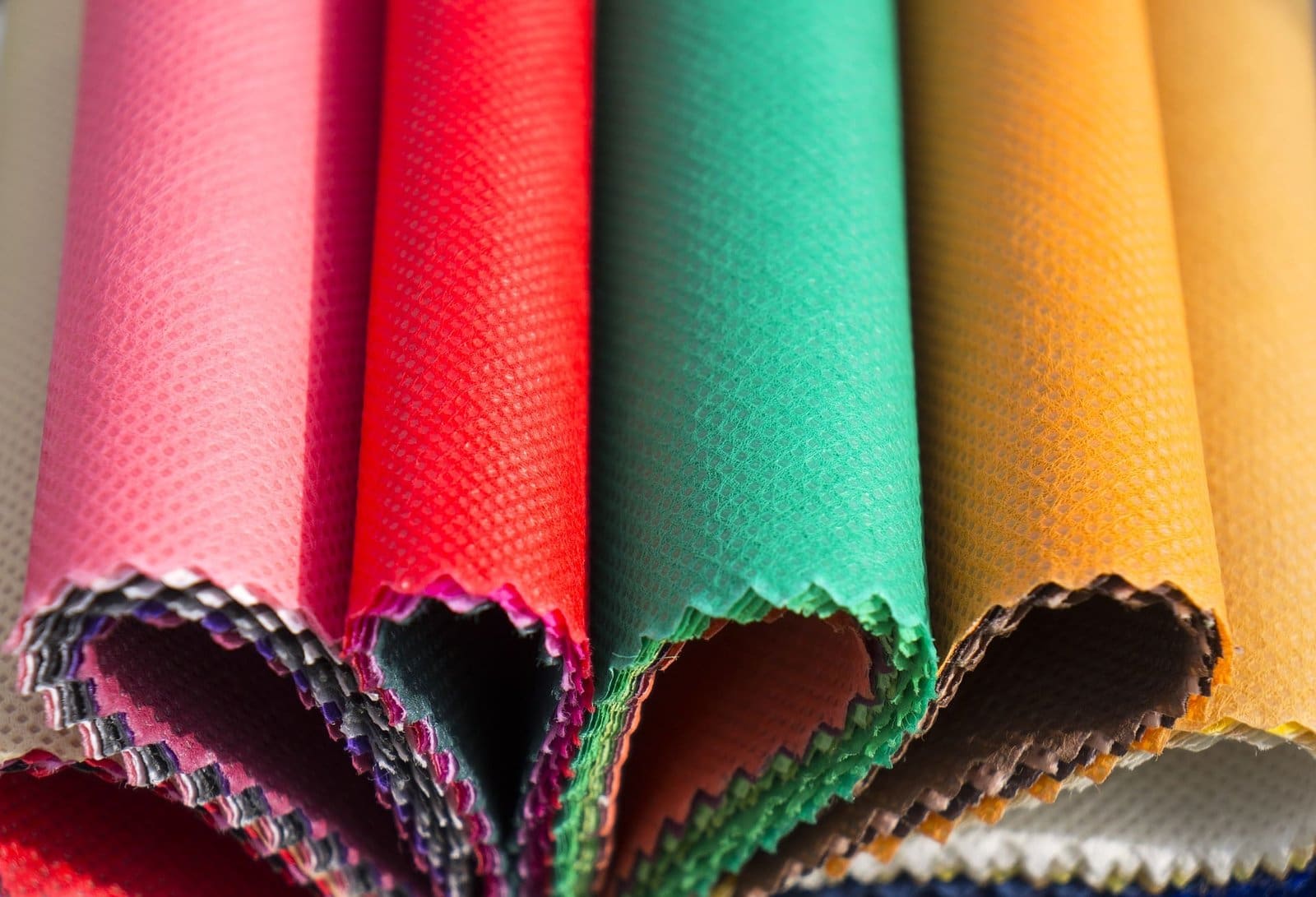The oldest technique to strengthen fibre in web is mechanical bonding, which entangles the fibres in a web. Under mechanical bonding two widely used method is Needle punching and spun lacing (hydro entanglement).
The spun lace process can be defined as a non woven manufacturing process that ejects the water to entangle fibre and thereby provide strength in it. Spun lacing uses high speed water jet to strike the fibre so that fibers entangles among each other and creates knots. This method creates softness, drape, confortability and relatively high strength in non-woven fabrics.
In spun lacing technique web of loose fibre is kept on porous belt or moving perforated belt to form a sheet structure by subjecting a fibres to multiple rows of fine high pressure water jets. The water pressure generally increases from first to last injectors. The pressure of about 2200 psi is injected in web. The holes are arranged in rows with 3-5mm spacing and each row contains 30-80 injectors of diameter 100-120 micro meter.
Usually hydoentanglement is applied on both sides in a step wise manner. The first entanglement roll acts on the first side number of times to get desired bonding and strength. The web theb passed to second entanglement roll in reverse direction to strengthen the other side of fabric. The hydoentangled fabric is then passed to dewatering process where excess water is removed and fabric is dried.
Authored by-

Mr. Nitesh Dubey – Trainee Intern – TVC
Year: B. Tech (Textile Technology)
College: Shri Vaishnav Institute Of Textile Technology, SVVV, MP

